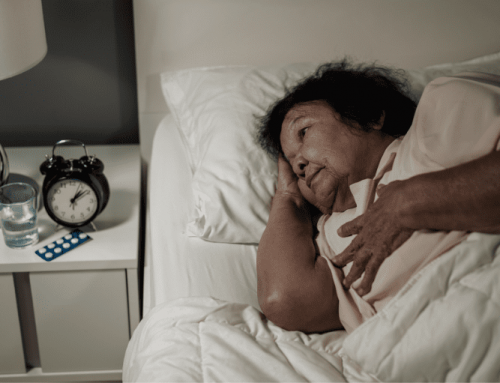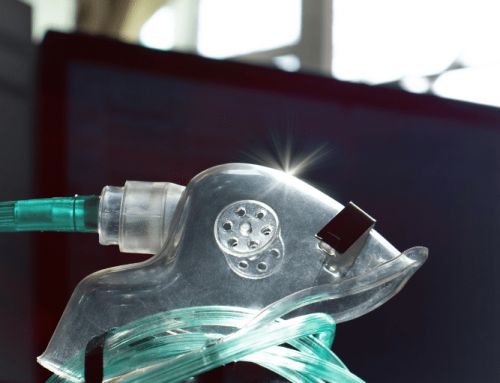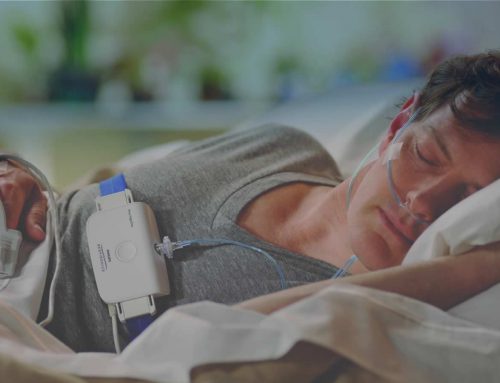Pulse Oximetry is Everything You Need to Screen Sleep Apnea
Obstructive sleep apnea is one of the most common sleep disorders, yet it is commonly overlooked and underdiagnosed. More than 18 million American adults have sleep apnea, with 80 percent of moderate to severe cases being undiagnosed. This is because the symptoms are so broad and most commonly occur while asleep making it hard to detect. If sleep apnea is left untreated, it can lead to other health problems such as high blood pressure, chronic heart failure, atrial fibrillation, stroke, type 2 diabetes, and depression. The most effective way to screen for sleep apnea is to monitor oxygen levels through an overnight pulse oximetry test.
Obstructive sleep apnea is a sleep disorder that occurs when the tongue and the muscles in the back of the throat collapse and block the airway, impeding normal breathing. If the ability to breathe is compromised, the oxygen levels in the blood fall and the organs stop receiving the necessary amount of oxygen. When the brain detects low oxygen levels, it alerts the body to wake up and breathe. Individuals with severe cases can experience these episodes =several hundred times an hour, resulting in fragmented sleep and waking up not feeling rested. Sleep apnea is associated with numerous symptoms, including chronic snoring, dry mouth, sore throat, excessive daytime sleepiness, insomnia, difficulty concentrating, irritability, fatigue, headache, memory issues, and high blood pressure. Snoring is typically the strongest indicator of sleep apnea, but if any of this sounds familiar, a pulse oximetry test is the best way to check for signs of obstructive sleep apnea.
Pulse oximetry testing is a straightforward way to monitor blood oxygen levels while you sleep. The process is quite simple and should not affect your sleep or comfortability. A device called a pulse oximeter is placed on a finger and connects to a small device that records the blood oxygen level and heart rate throughout the night at given intervals. This device will detect any abnormal drops or changes in oxygen content, called desaturations, as well as any spikes in heart rate that may occur, indicating an “apnea” event. After the test is completed, a graph is produced that illustrates how often apnea events occur and how long the events last. The frequency will determine whether further testing with a home sleep test is necessary to diagnose obstructive sleep apnea.
Usually, people think they have to go through an intrusive in-lab sleep study to determine if they suffer from sleep apnea. This process is inconvenient, time-consuming, and uncomfortable. Also, it can take months to get an appointment at a sleep lab. The patient is hooked up to several sensors and monitors that professionals supervise throughout the night, creating an unrealistic sleeping environment that does not allow the patient to recreate their usual bedtime routine, affecting the results of the test. Luckily, Vitalistics makes oximetry testing easy and convenient for you. If you are unsure whether or not you have symptoms of sleep apnea, start with Vitalistics’ sleep assessment that can provide insight on 30 potential causes for your sleep problems. If the assessment indicates a risk for sleep apnea, it is important to speak with your physician to discuss the results and any symptoms you may be experiencing. From there, your physician can order you a test through Vitalistics. The overnight oximetry device is sent to your home to complete on your time, when you are feeling good, and can do your normal bedtime routine. Once completed, the device is returned to Vitalistics, and the results will be made available to your physician immediately.
Diagnosing and managing sleep apnea is not complicated. Sleep apnea suffers have the most success with a CPAP machine to help manage their symptoms and increase blood oxygen levels. Educating and familiarizing the population about the symptoms and dangers of sleep apnea can help decrease the number of undiagnosed cases. Don’t continue to suffer from sleep disturbances. Start with Vitalistics’ online questionnaire today!







